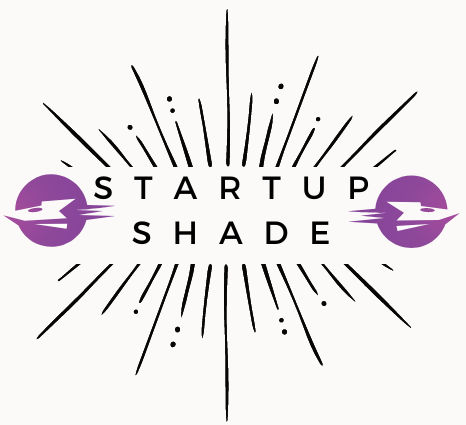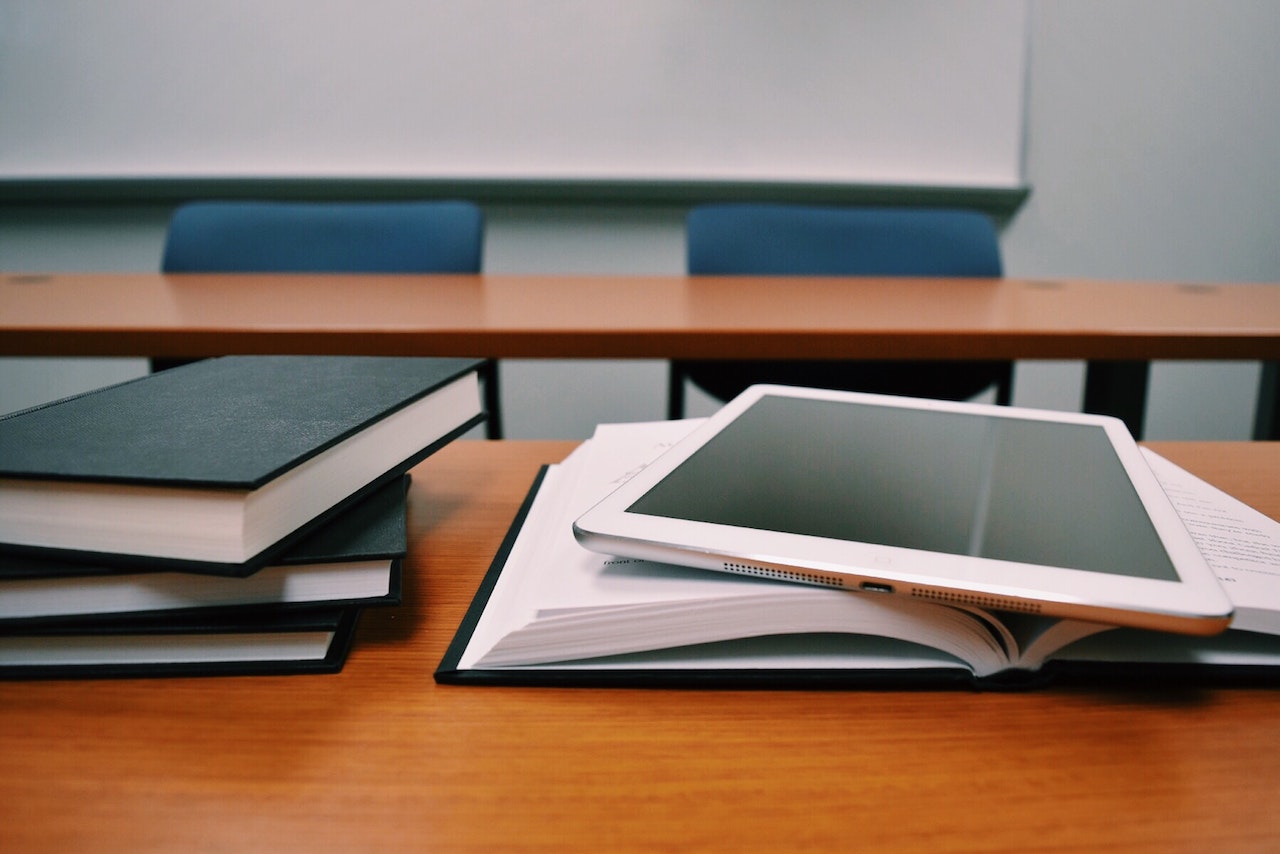The world of education is evolving rapidly, with new trends and innovations emerging all the time. In this article, we’ll explore some of the most exciting developments in education and look at how they are likely to shape the future of learning.
Personalized learning
One of the most significant trends in education today is personalized learning. This approach recognizes that every student has unique strengths, weaknesses, and learning styles, and aims to tailor instruction to meet their individual needs. Personalized learning can take many forms, from adaptive learning software that adjusts content to match a student’s skill level to project-based learning that allows students to pursue their interests and passions.
The benefits of personalized learning are clear: students are more engaged and motivated when they feel their needs are being met, and they are more likely to succeed academically. As technology continues to advance, we can expect personalized learning to become even more sophisticated and effective.
Blended learning
Blended learning is another important trend in education. This approach combines traditional classroom instruction with online learning, allowing students to work at their own pace and access a wide range of resources and materials. Blended learning can be especially valuable in situations where students have different learning styles or schedules, or where access to educational resources is limited.
Gamification
Gamification involves using game design principles to make learning more engaging and interactive. This can take many forms, from using rewards and badges to track progress and achievement to creating full-fledged educational games that teach important concepts and skills. Gamification has been shown to increase student engagement and motivation, and it can be a powerful tool for helping students learn in a fun and meaningful way.
Artificial intelligence
Artificial intelligence (AI) is another trend that is likely to have a significant impact on education in the coming years. AI-powered software can analyze vast amounts of data to identify patterns and insights, making it an ideal tool for personalized learning and assessment. AI can also be used to develop intelligent tutoring systems that can provide personalized feedback and support to students.
As AI continues to advance, we can expect to see it used in a wide range of educational contexts, from individualized instruction to large-scale data analysis.
Virtual and augmented reality
Virtual and augmented reality (VR and AR) are two emerging technologies that have the potential to transform education. VR allows students to explore virtual environments and interact with digital objects, while AR overlays digital information onto the real world. Both technologies can be used to create immersive and interactive learning experiences that are difficult or impossible to replicate in the real world.
For example, VR can be used to simulate historical events or scientific phenomena, while AR can be used to enhance the learning experience by providing additional information or context. As these technologies become more affordable and accessible, we can expect to see them used more widely in classrooms around the world.
Social and emotional learning
Finally, social and emotional learning (SEL) is another trend that is gaining traction in education. SEL focuses on developing students’ interpersonal skills, such as communication, empathy, and teamwork, as well as their emotional intelligence, such as self-awareness, self-regulation, and social awareness. SEL can help students develop the skills they need to succeed both academically and personally, and it can also help create a more positive and inclusive school culture.
Also Read: What Insurance Do You Need for a Small Business?
Conclusion
The future of education is bright, with many exciting trends and innovations on the horizon. From personalized learning and blended learning to gamification, AI, VR, and SEL, educators have an array of tools and techniques at their disposal to help students learn

